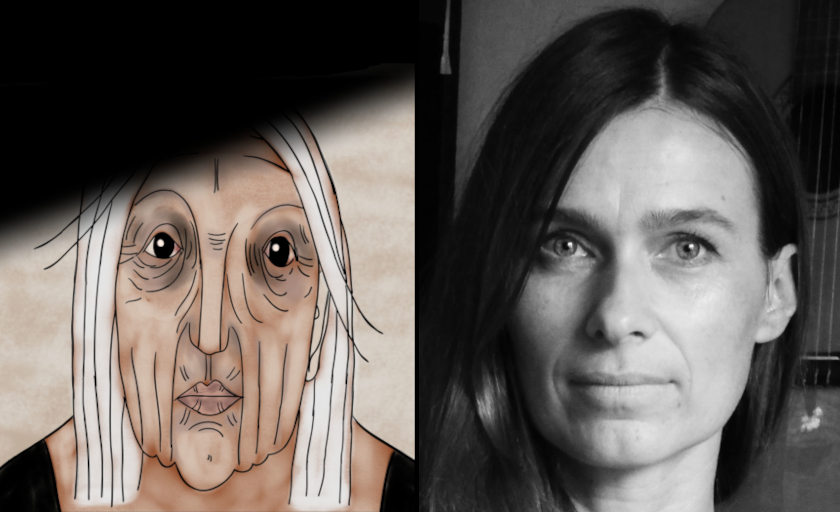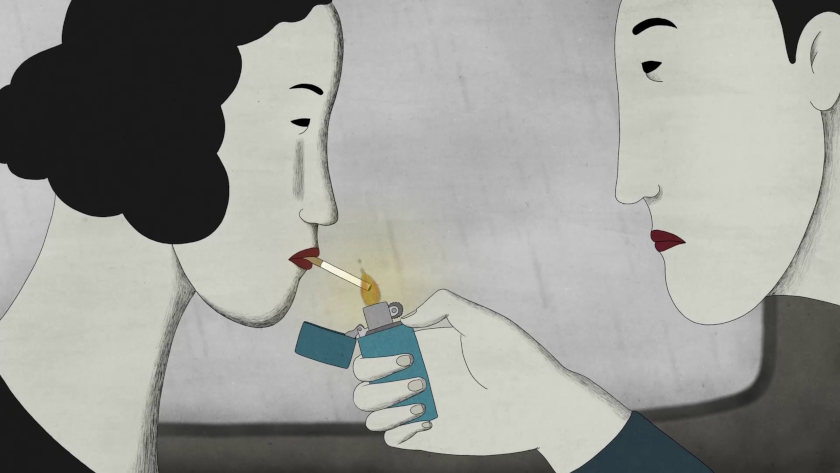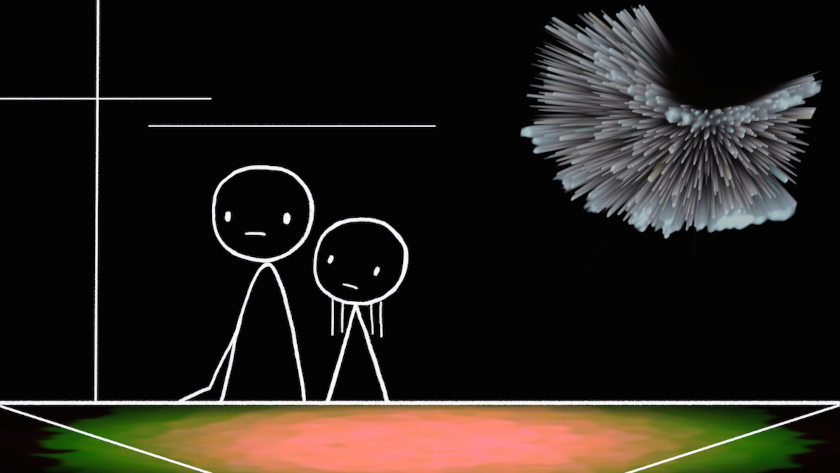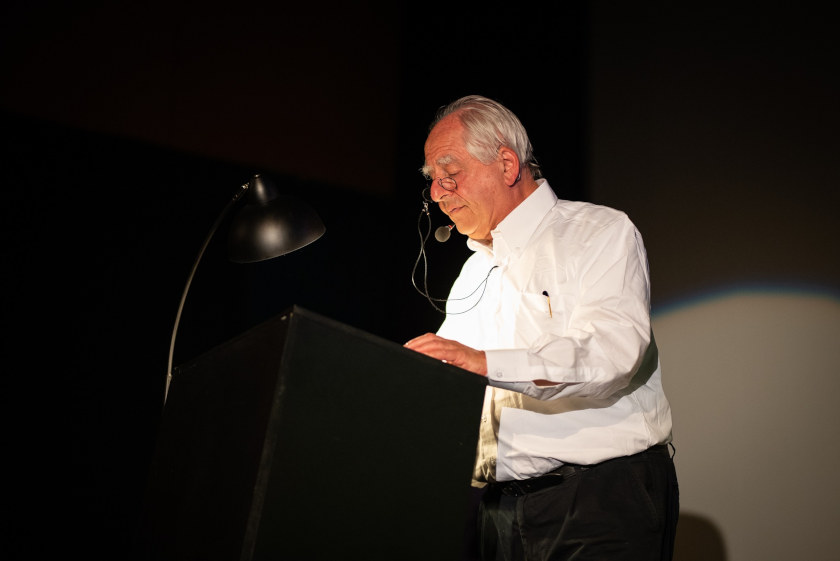Vatroslav Mimica Dies: A Short Reappraisal
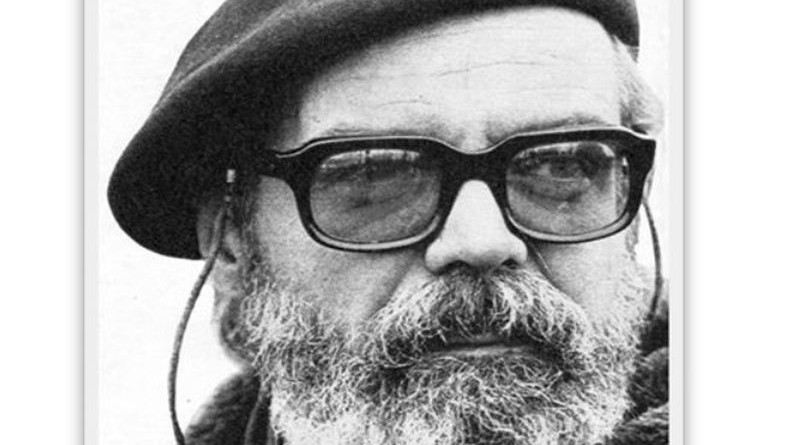
Giannalberto Bendazzi states in his Animation: A World HIstory that when Vatroslav Mimica joined Zagreb Film he did not know how to draw; he had completed two live-action features, but had gained "neither money nor popularity".
The Croatian filmmaker who died 15 Feb 2020 (born 25 June 1923) started out as a medical student and a young partisan in WWII. Yet he soon became the forefront of what would be called the "Zagreb School of Animation". With its limited animation technique, the avant-garde preferences and the existentialist themes, the group of Dušan Vukotić, Zlatko Bourek, Aleksandar Marks, Boris Kolar became a towering force in independent animation worldwide. And it all started internationally with Mimica's animated film Samac (Alone, 1958). The film had to be smuggled by Mimica to be screened at Cannes Film Festival. Later, Samac went on to win the Grand Prix at the 1958 Venice Festival.
Mimica continued with The Inspector Comes Home (Inspektor se vratio kući, 1959), The Egg (1959), Mala kronika (1962) and Typhus (Tifusari, 1963) before moving on the live-action world again. His last animated film was The Firemen (Vatrogasci, 1971).
In The Inspector Comes Home (screened at the very first Annecy Festival in 1960), an inspector walks the streets of the town, carefully trying to avoid danger. At home he washes his feet and reads the newspaper. Suddenly he notices a fingerprint starting to run away. The inspector stalks its trail all over town. In the end he realises that he has been pursuing the print of his own finger.
Mimica has stated he learnt cinematic mise-en-scene by watching Billy Wilder films. The film (character designed by Aleksandar Marks, with backgrounds by Zlakto Bourek) certainly features a kind of wry humour, yet in a distinctive visual way. Just check the middle part of the film, where the inspector looks for the suspect fingerprint. Instead of himself running to get it, the different city backgrounds appear one after the other, just like stage curtains, with the main character essentially immobilized. It is as if the city itself orchestrates the inspector's own movements, with all the poignant connotations that would imply. Newspaper clips, Hollywood starlets, a jazzy soundtrack and a plot which becomes visually even more complicated and abstract than it had already been, makes this a really distinctive, convoluted, animated film noir.
According to Daniel Šuljić, artistic director of Animafest Zagreb, Mimica was "One of the visually most radical at that time, bringing the art form to a new level, reducing limited animation even further and bringing new themes to animation. He was a director and writer, didn't draw himself, but still had an impact on the world animation which lasts till today"
In his programme notes for a Mimica retrospective (Tuskanac cinema, Zagreb), Damir Radić writes:
Unlike his feature films, in which he tried to master the genre structures, in his animated films Mimica demonstrated his exquisite modernist self-confidence and always managed to find lucid and innovative artistic ways of expression. In many cases he relied on the experience of the contemporary artistic movements (for example Exat 51), as well as the modern animation trends of the Stephen Bosustow studio and of the other anti-Disney animators
Mimica hilmself talked about his animation period (to Kinoeye):
Their different approach was a reaction to the ideologism and regimentation of the time. For me it was a form of resistance - Vatroslav Mimica
He would still go on to say that, once he got the seal of approval, no one would interfere with his own work.
SIGN UP: Want to read more free articles like this? Sign up for Our Newsletter


